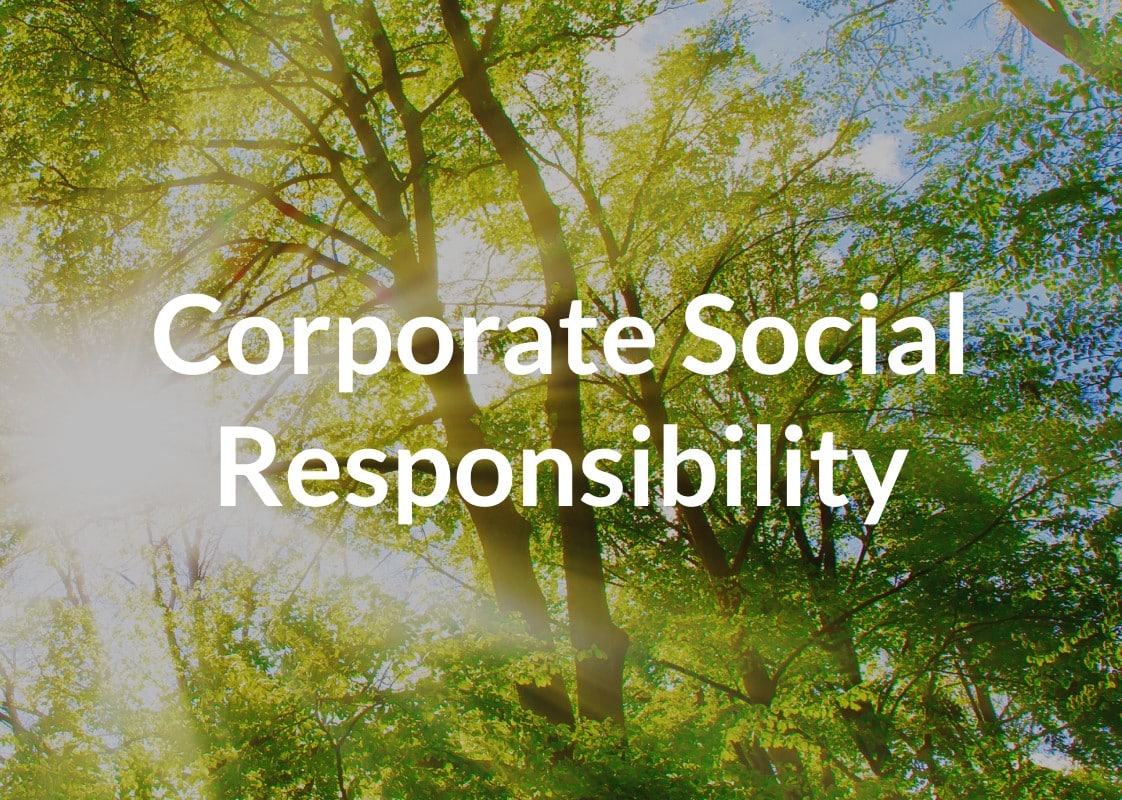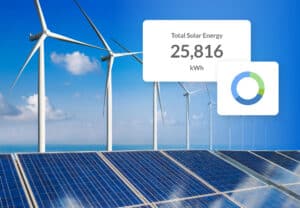
Energy management is the process of monitoring and controlling energy assets to minimize consumption and maximize efficiency and operations. This includes optimization of energy use towards reaching the best possible outcomes economically and environmentally as well as its conservation.
The process also aims to proactively prepare an organization for the production and future storage of energy, to eventually achieve environmentally sustainable, or even Net Zero operations. Energy management systems and solutions are especially helpful by reducing the necessity for on-site maintenance and upkeep and offering full control over remote locations and energy assets.
To properly understand energy management, it is important to first understand the process step-by-step.
How does energy management work?
Energy Management solutions follow a relatively standard set of steps in their operations:
- First sensors are installed, or existing modules are configured to collect and begin transmitting data in real-time.
- Any errant performance KPIs or events are reported immediately and can be managed within the solution.
- Next, the data gathered is analyzed to pinpoint energy optimizations that can be made in energy use, like reducing fossil fuel reliance and maximizing alternative energy source use.
- Finally, once these optimizations have been made, and in the period beforehand, track your metrics to ensure there is a notable change after making the shifts.
- Rinse Repeat.
How can Energy Management benefit your organization?
An organization or enterprise can implement any number of “green” energy management solutions to start trying to reduce fossil fuel reliance, but how do you know which fuel is being used more? How do you know when certain energy assets are used inefficiently or worse improperly?
Energy management provides the strategy and platform you need to effectively track these changes and make sure any problematic assets can be identified and remedied, even remotely. At the end of the day, you are saving on the amount of energy your organization needs to maintain continuity, and on overall operational expenditures.
In addition, the world’s energy prices are directly related to demand. As service providers and telcos increase their energy needs year-over-year, this also ties into sustainability goals, and oftentimes legislation regarding the efficient use of energy. Renewable energy sources have significant overhead and capital costs themselves, so it isn’t just about reducing reliance on fossil fuels.
More recently, with a number of international treaties and domestic law changes, statutory compliance in terms of energy use is a must. Singapore, South Africa, the EU nations, Australia, and many others have all implemented carbon taxes on enterprises that do not meet obligatory standards or simply charge per ton of carbon emissions. This is especially relevant for organizations that operate remote installations in areas that may not have direct access to the energy grid and often rely on fossil fuels for continuing operations.
What Energy Management Techniques Exist?
A professor specializing in sustainability and energy management in business, Johannes Kals came up with a number of novel ways to break down how enterprises can implement energy management solutions:
- Passive Strategy: In this case, there is no organization-wide planning or set strategy for managing energy use. If a company is passive, then it sees the issues of energy efficiency and environmental sustainability as of minimal concern and is dealt with as part of a larger company strategy.
- The strategy of short-term profit maximization: With this strategy, an organization focuses its energies and time on changes or optimizations that can maximize return on investment in the short run. Any low-profit options are discarded.
- The strategy of long-term profit maximization: This strategy is designed for those organizations that have in-depth and comprehensive know-how when it comes to the price of energy and tech development. At this level, the methods used such as power stations and heat exchangers can last decades. This can help improve the overall image of the organization and boost employee morale and motivation.
- Realization of all financially attractive energy measures: For this strategy, it is basically a free-for-all, implementing any solution that can bring a noticeable positive return on investment. This can become extremely inefficient, so it is important to take note of which methods are more effective than others for your organization.
- Maximum strategy: This is the other extreme, in which a company would be willing to completely alter its core values and direction to align with climate and carbon emission targets. This method is often unnecessary, except in the case of enterprises in industries that have been rendered defunct by these innovations in energy and sustainability.
Use cases for energy management

Energy Management systems are used in a variety of locales and deployments, but for the most part, they can be found in:
- Service provider installations:
- Information & Communications Technology (ICT) sites
- Factories / Manufacturing Facilities
- Energy Plants
- Smart Cities / Buildings
- Fleets (Road Vehicles)
- On-Campus Business Operations
- Home/Personal use
- Military/Government Use
Energy Management Systems vs. Energy Management Software
So how do you tell the difference between what energy management systems and software are? Energy management systems are a collection of computer-assisted devices that provide for the monitoring, management, and optimization of energy use.
From an energy efficiency perspective, these systems can provide maximal efficiency through real-time reporting of energy asset performance along with other in-depth metrics to provide actionable insights. These insights will provide an organization with the areas in which they can reap the greatest saving opportunities and places for optimization of energy use.
Energy Management software is the solution that centralizes all the monitoring and data collection provided by the systems and is enhanced by their joint activity. These solutions provide detailed reports along with data analytics and remote management of energy assets regardless of their location.
These energy management solutions provide the backbone for managing traditional energy assets effectively and efficiently, but what about managing renewable energy?
What is Renewable Energy Management?
Renewable or sustainable energy management is the process by which an organization focuses its energy use on alternative, renewable sources. This is done while actively monitoring energy assets to ensure they operate at peak efficiency and with minimal energy waste.
Unfortunately, even as organizations begin to shift their energy sourcing practices, the sustainable aspect of the equation is only addressed at the very end, if at all. If those organizations considered sustainable energy practices from the get-go, they could look forward to optimal financial and environmental return on investment.
The most important step to take in this area is to design and implement a concrete sustainability strategy for your organization. Within this, you need to determine which sustainable technologies and energy practices are relevant and feasible for you.
So how is all this used in practice?
How is Galooli using Energy Management?
Global power demand is expected to double by 2050, and that means enterprises, especially ICTs and service providers, need to be constantly aware of and monitoring their energy use. Making up over 1% of global power usage is no small feat, and there are many places where these processes can be optimized.
Galooli offers an energy management solution to both remotely monitor and manage an organization’s energy assets in a variety of industries and iterations. The solution supports a wide range of types of energy sources, including fuel, wind, solar, grid, and lead-acid/Lithium-ion batteries. Monitoring these energy assets is critical for remote and grid-connected sites alike, along with vehicle fleets for continuous, uninterrupted, efficient operations.
We provide customers with the means to help optimize their energy efficiency while reducing their unnecessary energy usage and maintenance visits, all while reducing their overall carbon emissions.


























